Nasturtiums are a vibrant, easy-to-grow plant that can add a burst of color to any garden this spring. With their striking flowers and edible leaves, they’re perfect for brightening up your garden beds or even hanging baskets. Plus, they’re incredibly versatile, thriving in various conditions and adding both beauty and flavor to your garden.
Growing these plants is a fun and simple way to enjoy a splash of color without too much fuss. By following a few key steps — from choosing the right location to caring for them as they grow — you can enjoy a healthy crop of nasturtiums that will continue to bloom all season long. With just a little effort, you’ll have your own springtime display of these cheerful, low-maintenance flowers.
Select the Right Seeds
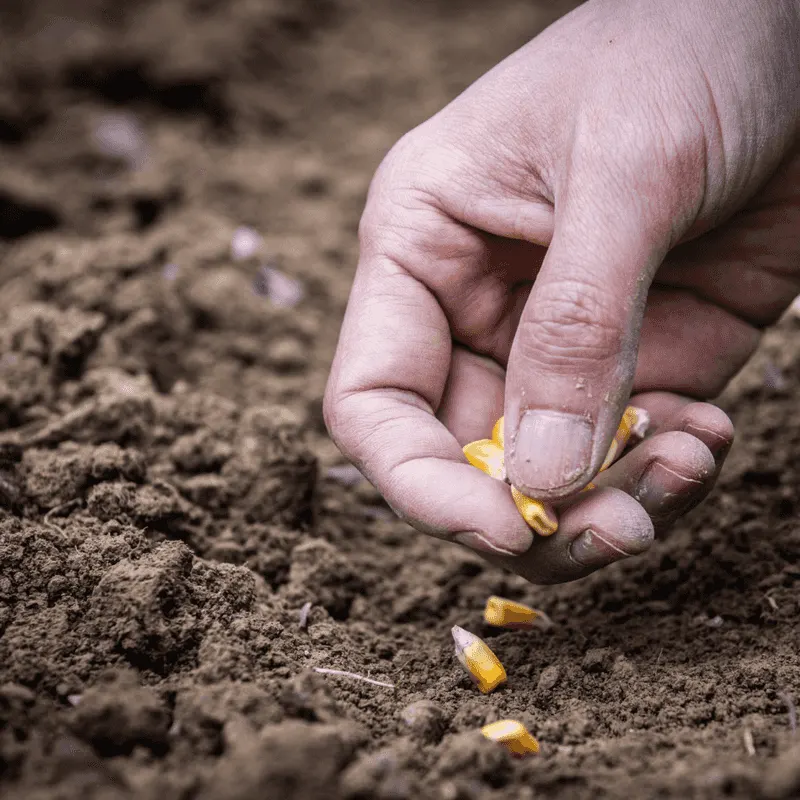
Choosing the right seeds is crucial for a successful nasturtium garden. Look for seeds that are plump and free from any signs of damage. Heirloom varieties often offer unique colors and patterns that can add a special touch to your garden. Consider the climate in your area and select seeds that are suited to your growing conditions. Planting seeds from a reputable source ensures a higher germination rate. Additionally, be sure to check the seed packet for information on the best planting time and conditions. This simple step sets the foundation for a vibrant garden.
Prepare the Soil
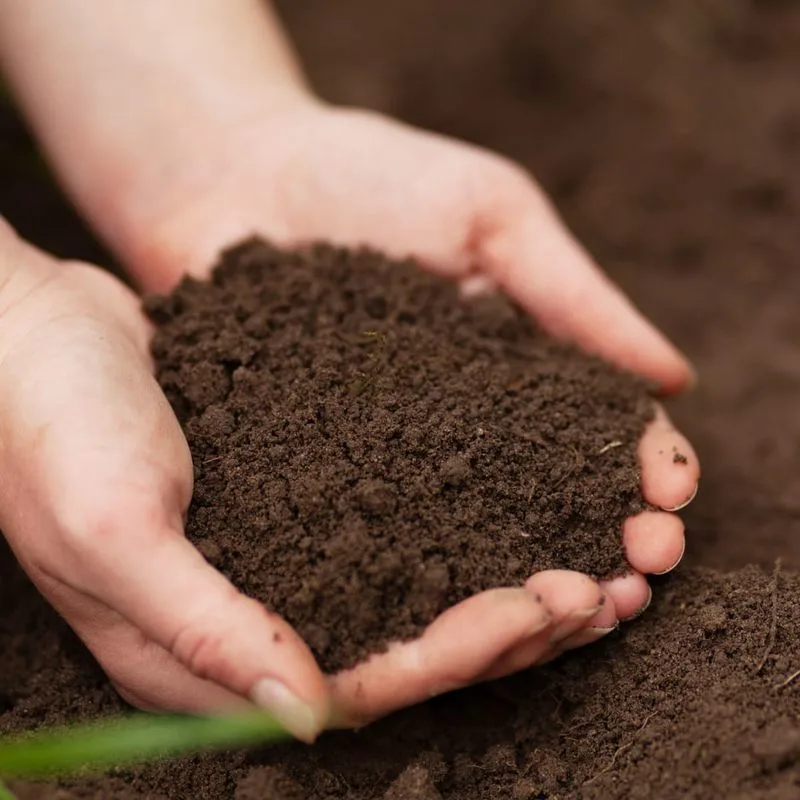
Healthy soil is essential for growing robust nasturtiums. Start by clearing the planting area of weeds and debris. Nasturtiums prefer well-draining soil, so adding organic matter like compost can improve soil structure and fertility. Aim for a slightly acidic to neutral pH balance for optimal growth. Avoid using too much nitrogen-rich fertilizer, as it can lead to lush foliage but fewer flowers. Instead, focus on a balanced fertilizer that supports both leaf and bloom development. By preparing your soil properly, you create a nourishing environment for your nasturtium seeds to thrive.
Choose the Perfect Location

Selecting the right location for your nasturtiums is vital. These plants thrive in sunny areas with some afternoon shade, especially in hotter climates. Ensure the location has good air circulation to prevent fungal diseases. Nasturtiums can also be grown in pots or hanging baskets if space is limited. If you’re using containers, make sure they have adequate drainage holes to prevent waterlogging. Consider the aesthetics as well; a sunny spot near a pathway or entrance can brighten up your garden. This strategic placement ensures your nasturtiums get the light they need while enhancing your garden’s beauty.
Sow the Seeds Correctly
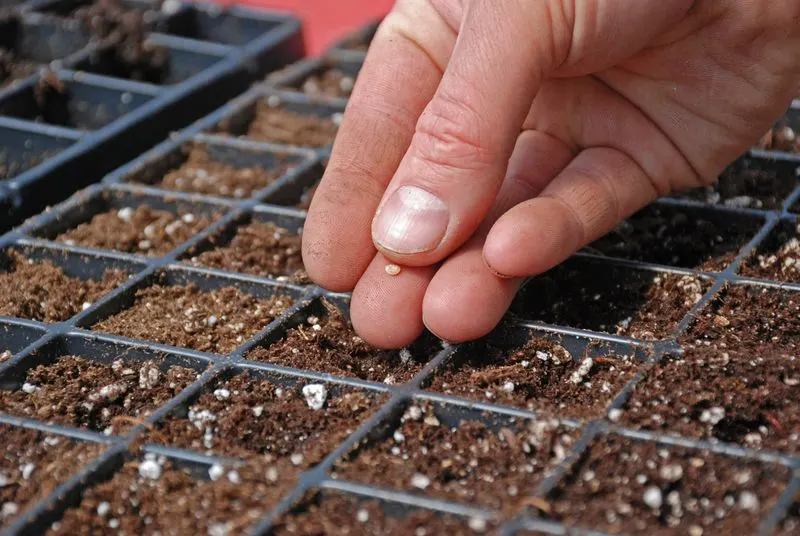
Proper sowing techniques can significantly impact the success of your nasturtiums. Sow seeds directly into the soil after the last frost date for your area. Plant seeds about half an inch deep and spaced 10 to 12 inches apart to allow room for growth. Water the seeds gently after planting to settle the soil. Be patient, as germination can take 10 to 14 days. If sowing indoors, use peat pots that can be transplanted directly into the garden to minimize root disturbance. Correct sowing practices ensure healthy seedling development and robust plants.
Water Wisely

Watering is key to nurturing nasturtiums. These plants prefer evenly moist soil, so aim to water them consistently, especially during dry spells. Avoid overhead watering to reduce the risk of fungal diseases; instead, water at the base of the plant. Mulching can help retain soil moisture and suppress weeds. In pots, ensure drainage is sufficient to prevent water from sitting at the bottom. Adjust your watering routine based on weather conditions, increasing in hotter temperatures and decreasing during cooler periods. By watering wisely, you support healthy growth and abundant blooms.
Control Pests Naturally
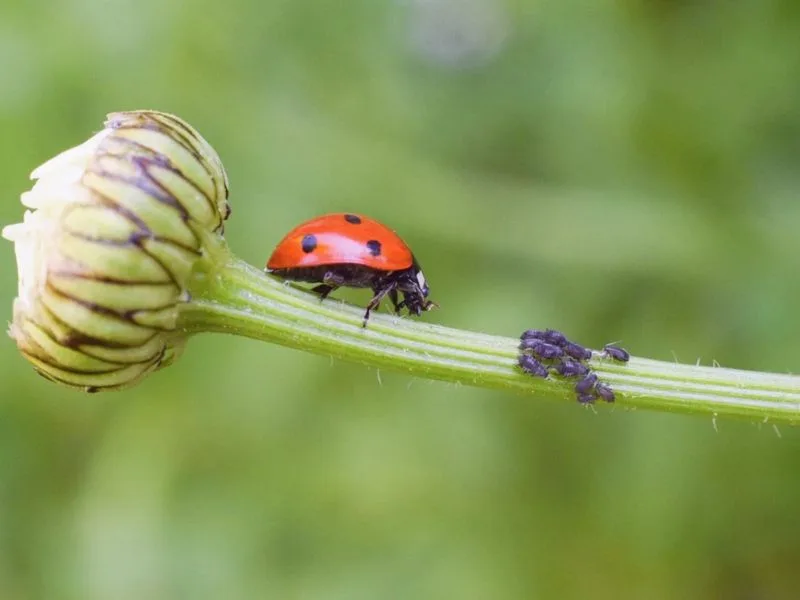
Managing pests naturally protects your nasturtiums without harming beneficial insects. Regularly inspect plants for common pests like aphids and caterpillars. Handpick larger pests and use a strong jet of water to dislodge smaller insects. Encourage natural predators such as ladybugs and lacewings by planting companion plants that attract them. Neem oil and insecticidal soap are effective organic options for persistent infestations. By avoiding harsh chemicals, you maintain a healthy garden ecosystem. Consistent monitoring and natural pest control methods ensure your nasturtiums remain vibrant and pest-free.
Fertilize Sparingly
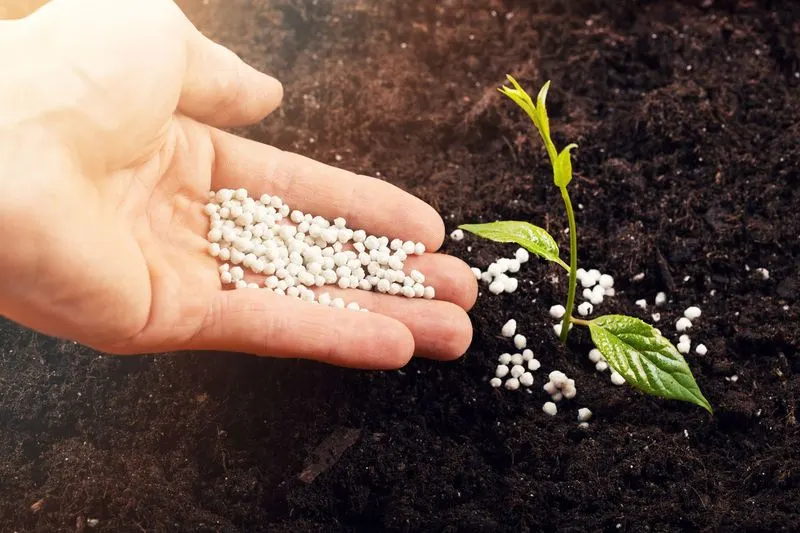
Nasturtiums thrive with minimal fertilization. Over-fertilizing can lead to lush foliage at the expense of flowers. Use a balanced, organic fertilizer sparingly during the growing season. Applying compost or well-rotted manure can provide the necessary nutrients without overwhelming the plants. Fertilize early in the morning or late in the afternoon to prevent burning the leaves. If you notice excessive leaf growth and few blooms, reduce the frequency of fertilization. By providing just the right amount of nutrients, you encourage a healthier balance between leaf and flower production.
Prune for Better Blooms
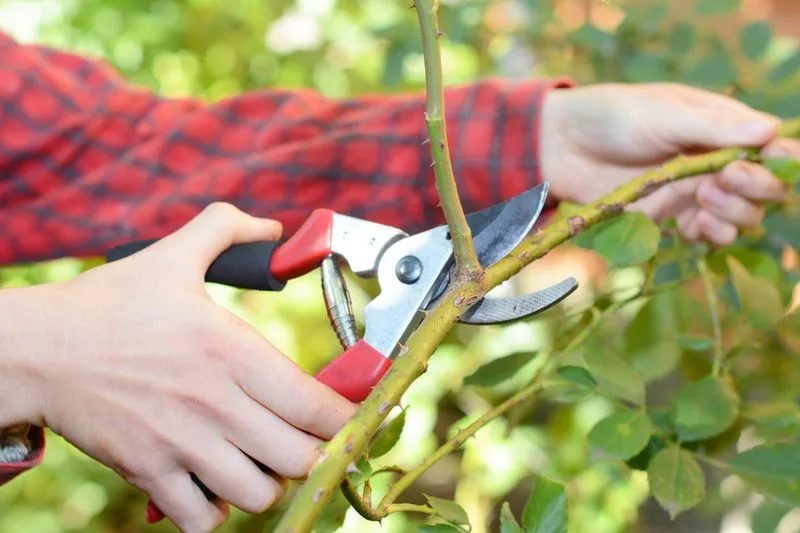
Regular pruning promotes healthier plants and more vibrant blooms. Pinch out spent flowers to encourage continuous blooming and prevent the plant from going to seed. Trim back any leggy or overgrown stems to maintain a compact, bushy appearance. Pruning also improves air circulation around the plant, reducing the risk of disease. Use clean, sharp tools to make precise cuts and prevent damaging the plant. Regularly removing dead or damaged leaves helps direct the plant’s energy towards producing flowers. This simple practice enhances the overall vitality of your nasturtiums.
Train Vines for Coverage
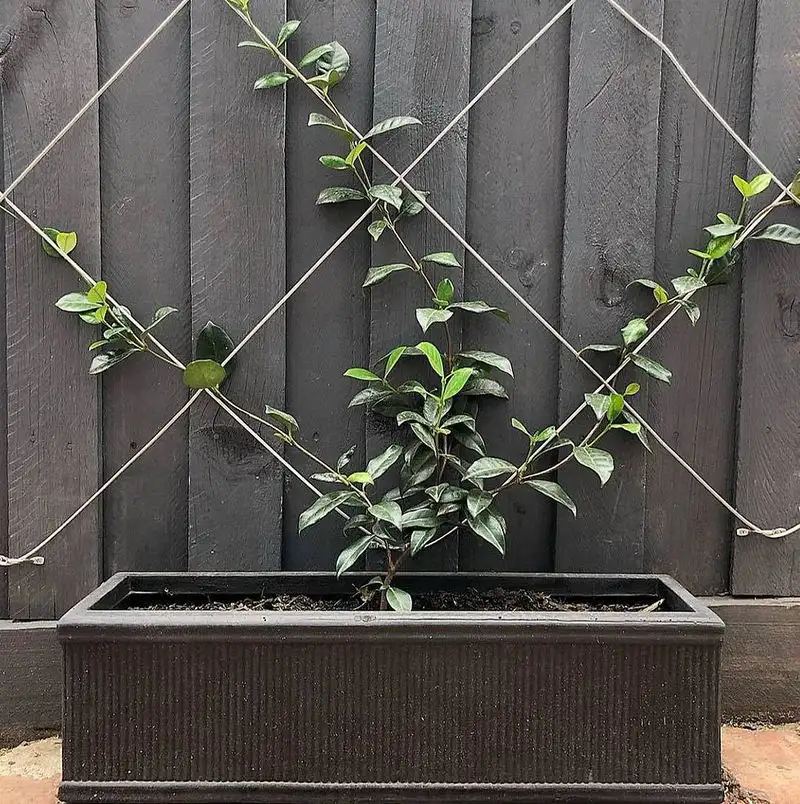
Training nasturtium vines can create beautiful natural screens and ground cover. Use trellises, arbors, or fences to support climbing varieties. Gently guide young vines in the desired direction, securing them loosely with garden ties. This not only adds visual interest but also improves airflow around the plants, reducing disease risk. As the vines grow, regularly check and adjust ties to avoid constricting the stems. For bush varieties, consider training them along the ground to cover bare patches of soil. Proper vine training enhances the aesthetic appeal and health of your nasturtium garden.
Harvest Seeds for Replanting
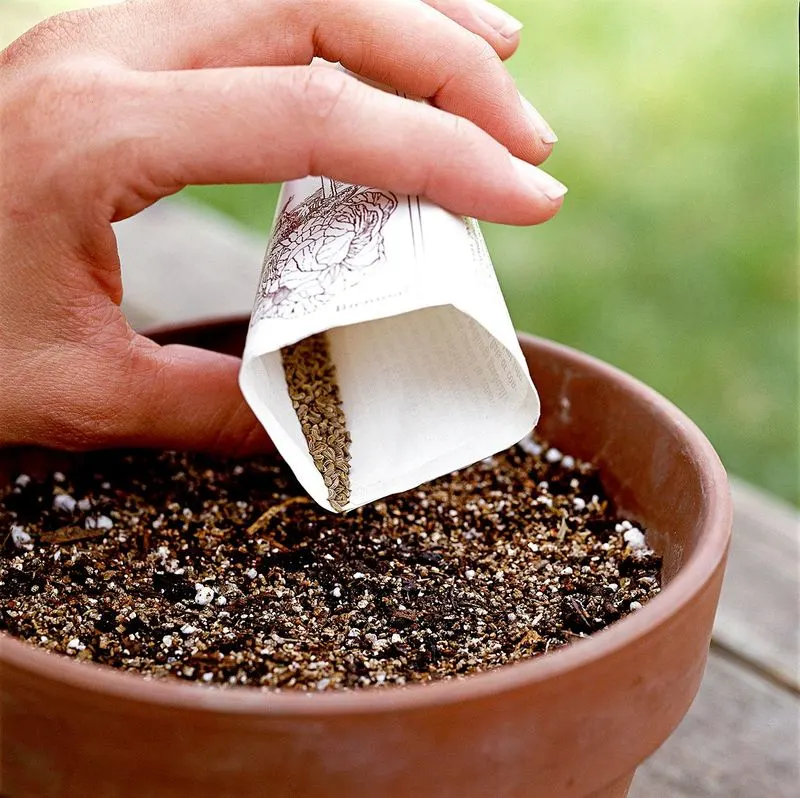
Harvesting seeds allows you to enjoy nasturtiums year after year. Wait until the seed pods are dry and brown before collecting them. Gently remove the pods, open them, and extract the seeds. Store seeds in a cool, dry place in paper envelopes labeled with the variety and collection date. Saving seeds from your best plants helps preserve desirable traits like vibrant color or disease resistance. This practice is not only economical but also rewarding, as you can share seeds with friends or expand your own garden. Replanting ensures continuity and enjoyment of these cheerful flowers.
Protect from Extreme Weather
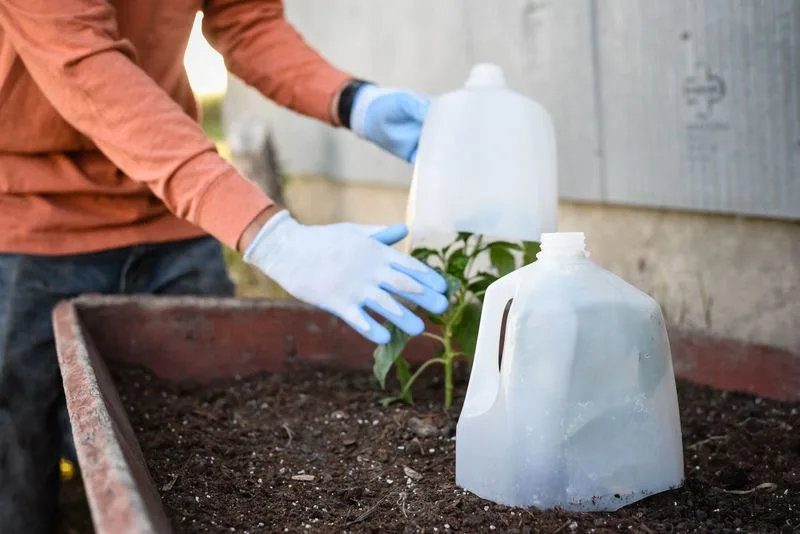
Extreme weather can stress nasturtiums, so take steps to protect them. In hot weather, provide partial shade using garden fabric or shade cloth. During heavy rains, ensure good drainage to prevent root rot. In cooler climates, consider using cloches or row covers to shield plants from frost. Windbreaks can protect against strong winds that may damage leaves and stems. Regularly check weather forecasts to anticipate necessary protective measures. By understanding and responding to weather challenges, you help your nasturtiums remain resilient and continue to thrive throughout the growing season.
Propagate from Cuttings
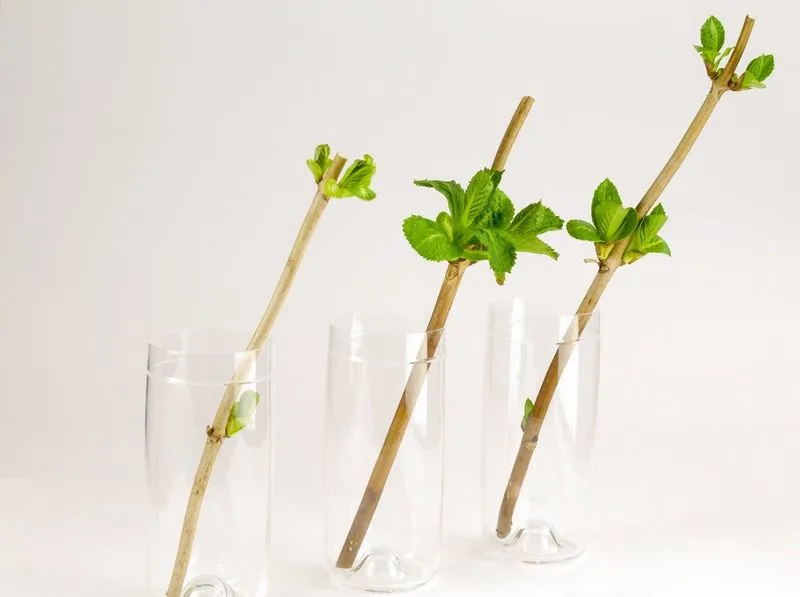
Propagating from cuttings is a simple way to expand your nasturtium collection. Choose healthy, non-flowering stems about 4 to 6 inches long. Remove any lower leaves to expose the nodes. Dip the cut end in rooting hormone for better success and plant it in a pot filled with a light, well-draining potting mix. Keep the cuttings moist and in a warm, indirect light location. Roots usually develop within a few weeks. This method allows you to replicate your favorite plants and is particularly useful for maintaining specific varieties. Propagation encourages growth and diversity in your garden.
Encourage Pollinators
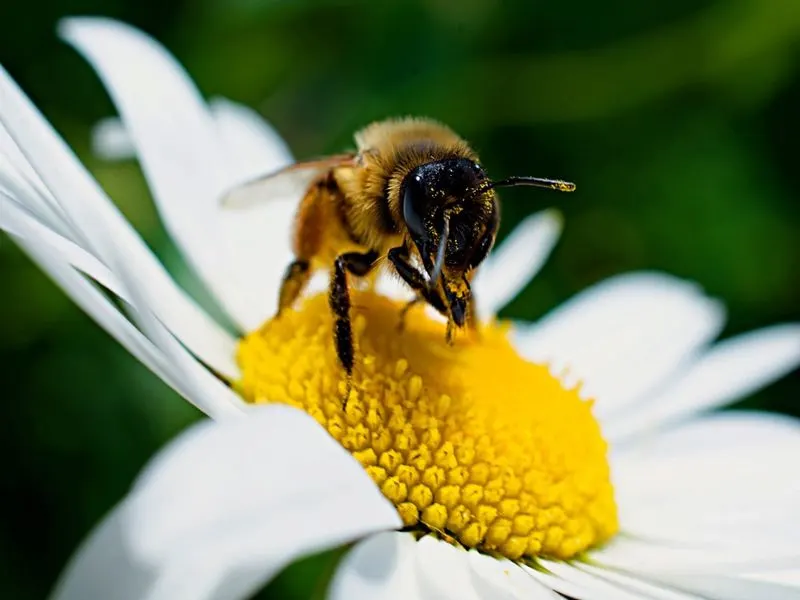
Pollinators play a crucial role in the health and productivity of nasturtiums. To attract them, plant companion flowers that bloom at different times, providing a continuous food source. Avoid using pesticides, which can harm beneficial insects. Providing a shallow water source with stones for landing can help sustain pollinators. Nasturtiums themselves are excellent attractors due to their bright colors and nectar-rich blooms. Encouraging pollinators not only benefits your nasturtiums but also enhances the overall biodiversity of your garden. By fostering this symbiotic relationship, you ensure a thriving, vibrant garden.
Implement Companion Planting
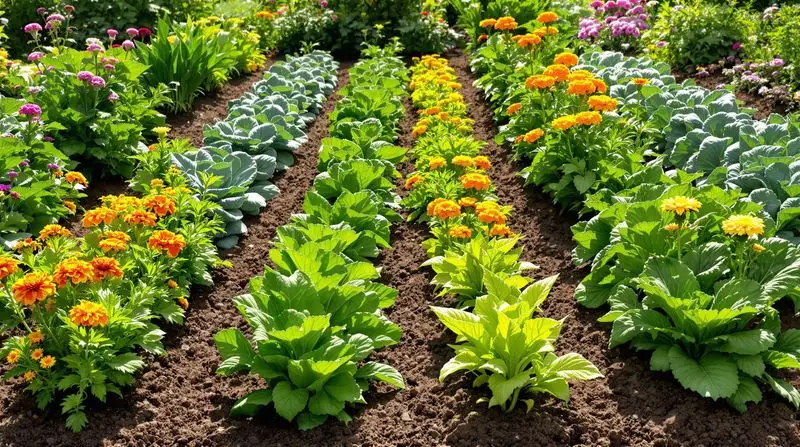
Companion planting with nasturtiums can improve your garden’s health. These flowers repel pests like aphids and whiteflies, protecting neighboring plants. Growing them alongside vegetables such as tomatoes, cucumbers, and brassicas enhances natural pest control. The vibrant blooms attract pollinators, boosting the yield of companion plants. Nasturtiums also improve soil health by fixing nitrogen, benefiting nutrient-demanding plants. This symbiotic relationship promotes a balanced and productive garden ecosystem. By strategically placing nasturtiums, you create a supportive environment that enhances growth and reduces the need for chemical interventions.
Monitor for Diseases

Regular monitoring for diseases is essential to maintain healthy nasturtiums. Check leaves for signs of problems like powdery mildew or leaf spots. Early detection allows for prompt intervention, reducing the spread of disease. Remove and dispose of infected plant parts to prevent contamination. Increasing air circulation by spacing plants appropriately can help reduce disease incidence. Using disease-resistant varieties and practicing good garden hygiene further protects your plants. Keeping a garden journal to track observations and treatments can also be beneficial. Vigilant monitoring ensures your nasturtiums remain vibrant and healthy.
Enjoy Edible Flowers
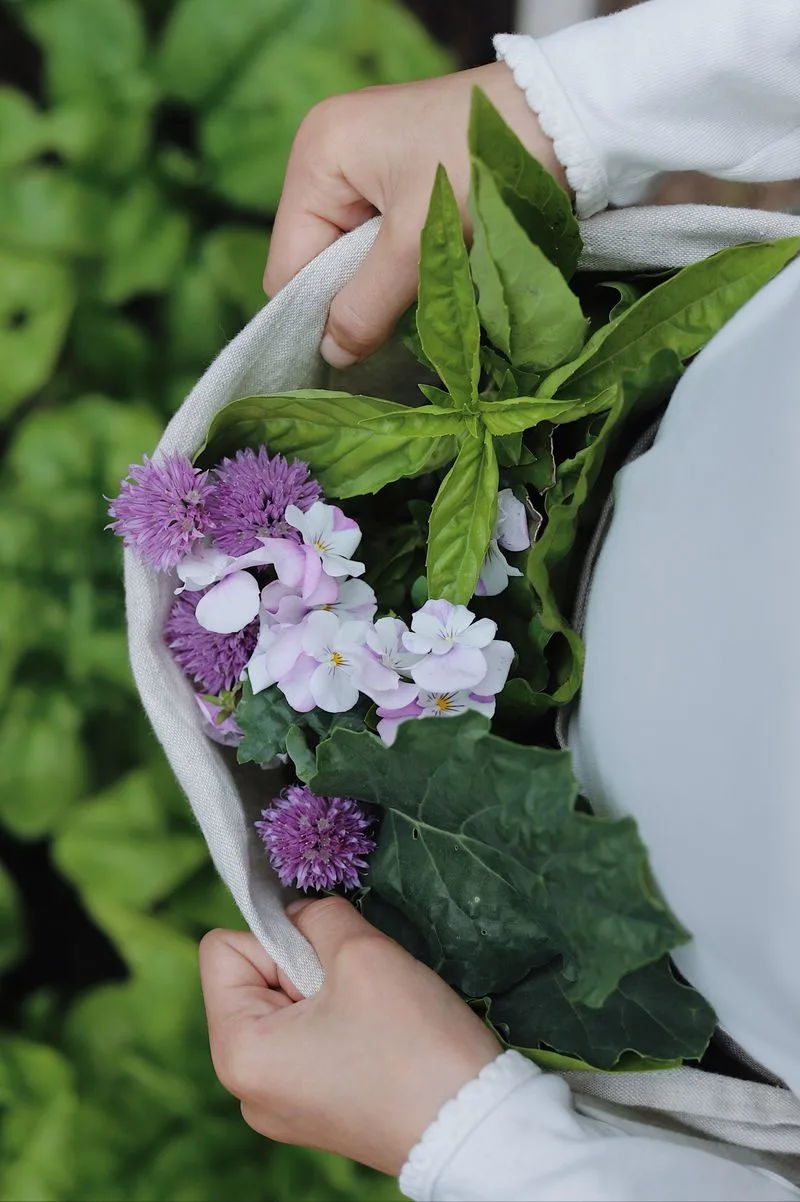
Nasturtium flowers are not only beautiful but also edible, adding flavor and color to dishes. Their peppery taste complements salads, sandwiches, and garnishes. Use freshly picked flowers to ensure the best flavor and texture. Incorporating nasturtiums into your diet adds visual appeal and nutritional benefits. They are rich in vitamin C and have antibacterial properties. Experiment with different culinary uses to fully enjoy their versatility. Always wash flowers thoroughly before consumption and avoid using pesticides on plants intended for eating. Enjoying edible nasturtiums enhances your gardening experience by bringing garden produce to your table.

